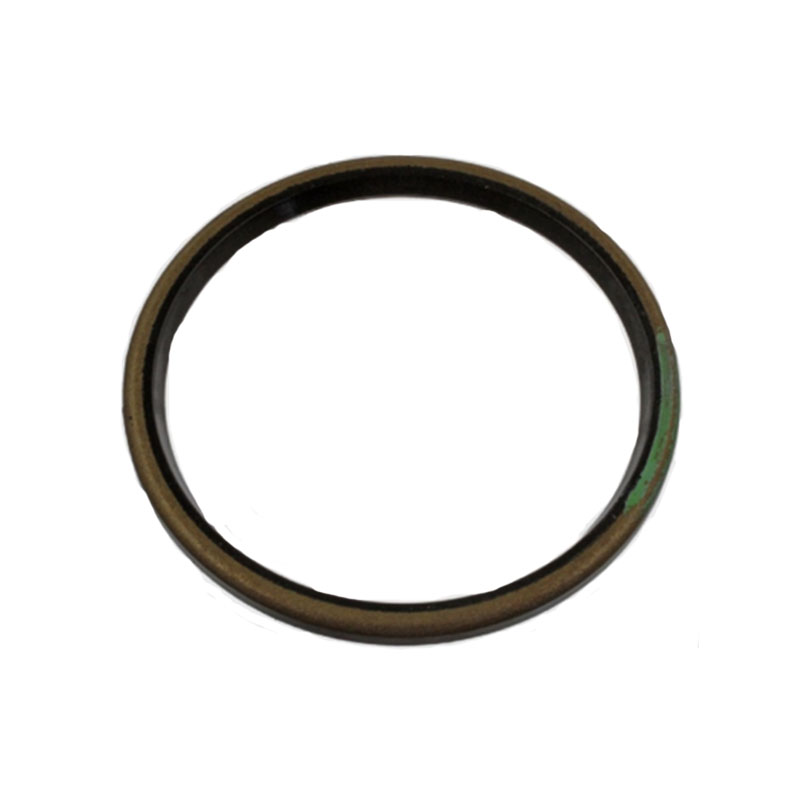cryogenic o rings
The Critical Role of Cryogenic O-Rings in Space Exploration
O-rings are simple yet vital components used across various industries, particularly in the aerospace sector. Among the many applications of O-rings, cryogenic O-rings hold a special significance due to their ability to function effectively at extremely low temperatures. These components are integral to the performance and safety of systems involving cryogenic liquids, such as rocket engines and storage tanks for liquid oxygen (LOX) and liquid nitrogen (LN2).
What are Cryogenic O-Rings?
Cryogenic O-rings are seals specifically designed to operate in environments where temperatures can plummet below -150°C (-238°F). Standard rubber O-rings might become brittle or lose their elasticity under such extreme conditions, which could lead to catastrophic failures. To combat this, cryogenic O-rings are manufactured from materials that maintain their flexibility and sealing capabilities, even in the harshest of environments.
The commonly used materials for cryogenic O-rings include fluorocarbon elastomers like Viton, silicone, and polytetrafluoroethylene (PTFE). Each of these materials has unique properties, allowing them to withstand the challenges posed by cryogenic fluids, including thermal expansion and contraction, high-pressure conditions, and chemical inertia.
Applications in Space Exploration
One of the most critical applications for cryogenic O-rings is in rocket propulsion systems. When launching a spacecraft, it is essential to contain cryogenic fuels and oxidizers within tanks and piping systems. The slightest leak in these systems can lead to severe consequences, including engine failure or even explosion.
Take NASA's Space Shuttle as an example. The shuttle utilized liquid oxygen and liquid hydrogen as propellants, both of which exist at cryogenic temperatures. O-rings were essential in the shuttle's Solid Rocket Boosters (SRBs) to ensure the integrity of the fuel system. During the infamous Challenger disaster in 1986, it was later determined that a failing O-ring at low temperatures contributed significantly to the tragic outcome. This incident underscored the necessity of rigorous testing and quality control over O-ring materials and their performance in cryogenic conditions.
cryogenic o rings

Considerations for Design and Selection
When designing systems that include cryogenic O-rings, engineers must consider several factors to ensure the rings perform their sealing function effectively. These factors include temperature ranges, chemical compatibility, pressure levels, and the mechanical properties of the O-ring materials.
The selection of the correct O-ring size and shape is equally vital. O-rings come in various cross-sectional profiles, such as round, square, or rectangular, each providing different sealing capabilities. A proper seal must accommodate the potential for thermal expansion and contraction, ensuring that the O-ring maintains contact with the sealing surfaces throughout the operational cycle.
Testing and Quality Assurance
Given the critical role of cryogenic O-rings, extensive testing is necessary to validate their performance. This involves thermal cycling tests to simulate operational conditions, chemical exposure tests to assess compatibility with cryogenic fluids, and pressure testing to ensure integrity under stress. Manufacturers often adhere to stringent industry standards, such as those put forth by the American Society for Testing and Materials (ASTM) and the American National Standards Institute (ANSI).
Future Directions
As space exploration continues to evolve and the demand for more efficient and reliable launch systems grows, the importance of cryogenic O-rings will remain paramount. Advances in materials science might introduce new compounds that further enhance the performance and reliability of these critical components. Innovations in manufacturing techniques may also allow for the production of custom O-rings tailored to specific applications, improving overall system efficiency.
In conclusion, cryogenic O-rings are more than just sealing components; they are crucial safety and performance elements in high-stakes environments. As we continue to push the boundaries of space exploration, the development and understanding of these O-rings will play a pivotal role in ensuring the success of future missions. From the storage of cryogenic fuels to the intricate mechanisms that power our rockets, the role of these unassuming rubber rings cannot be overstated.
-
Understanding the Front Main Engine Seal: Purpose, Maintenance, and Installation
News Jul.29,2025
-
Understanding O-Rings and Seal Rings: Types, Applications, and Custom Solutions
News Jul.29,2025
-
Understanding Crankshaft Oil Seals: Rear Seals, Pulley Seals, and Their Role in Engine Integrity
News Jul.29,2025
-
The Importance of Front and Rear Crankshaft Seals in Engine Performance and Oil Management
News Jul.29,2025
-
Crank Oil Seals: Functions, Types, and Cost Considerations in Engine Maintenance
News Jul.29,2025
-
A Comprehensive Guide to O-Rings and Seals: Types, Materials, and Global Applications
News Jul.29,2025
-
Mastering Diesel and Performance Engine Maintenance: A Guide to Critical Oil Gaskets
News Jul.28,2025
Products categories















